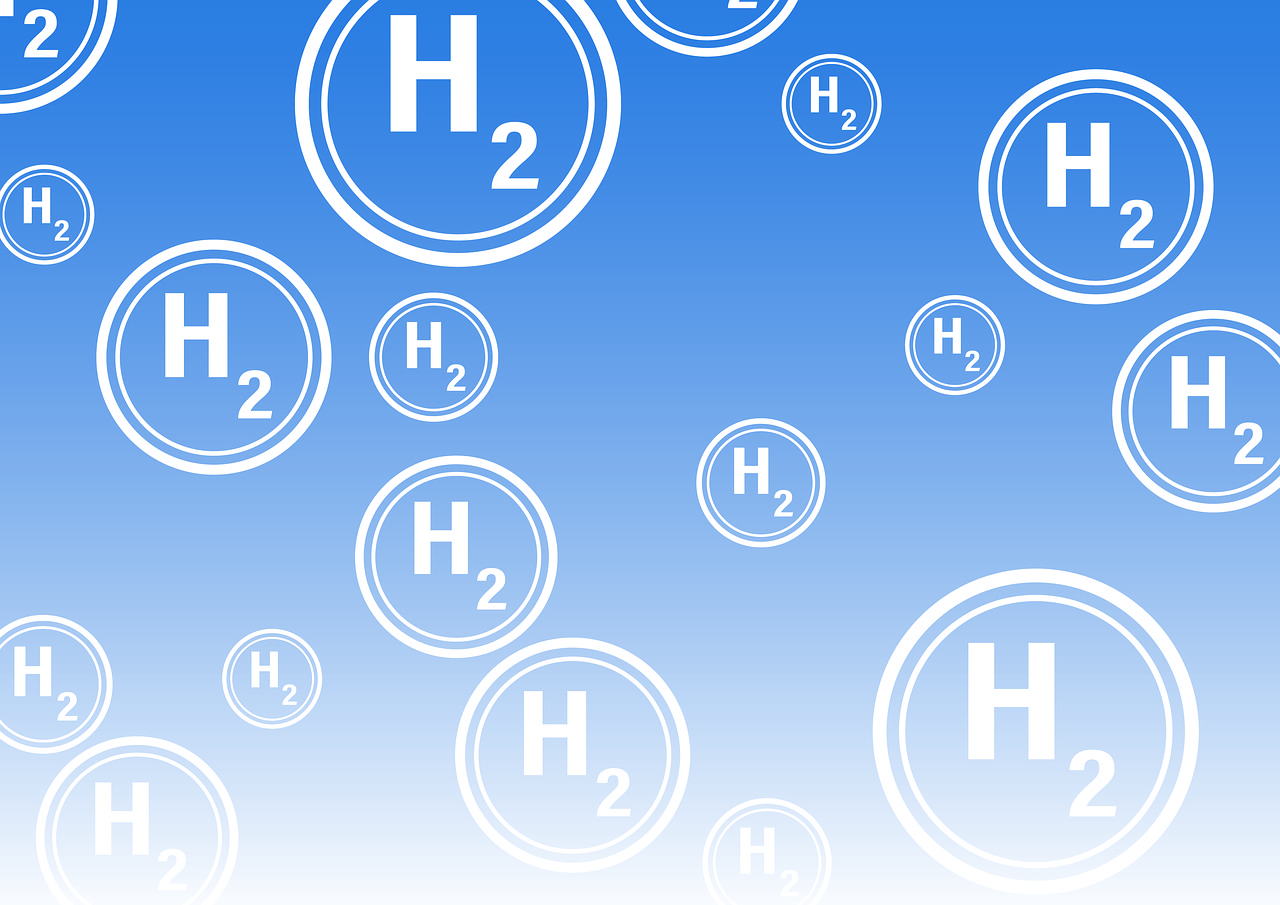Germany – Researchers from Marburg and Basel, along with microbiologists at Goethe University Frankfurt, have clarified the structure of an enzyme that generates formic acid from molecules of hydrogen (H2) and carbon dioxide (CO2).
Microbiologists at Goethe University Frankfurt made the discovery of the Thermoanaerobacter kivui enzyme a few years ago, and they recently discussed the enzyme’s potential for storing liquid hydrogen. The enzyme’s filamentous structure, which has now been described for the first time at the atomic level, behaves like a nanowire and is unquestionably to blame for the extremely high conversion rates of the two gases.
A team of microbiologists from Goethe University Frankfurt, led by Professor Volker Müller, identified the unusual enzyme hydrogen-dependent CO2 reductase HDCR in a bacteria that enjoys being hot (thermophilic) in 2013. Gaseous hydrogen (H2) and carbon dioxide (CO2) are converted into formic acid (formate), and during this process, the hydrogen transfers electrons to the carbon dioxide. This makes the HDCR the first known enzyme that can use hydrogen in this manner. All previously identified enzymes that produce formic acid, however, take a different route. They get their electrons from soluble cellular electron transfer agents, which, in turn, get their electrons from the hydrogen with the aid of additional enzymes.
Thermoanaerobacter kivui is a bacterium that can survive without oxygen, such as in the deep sea, and it uses CO2 and hydrogen to create cellular energy. Thermoanaerobacter kivui’s HDCR is made up of four protein modules: two small modules containing iron and sulfur, one that splits hydrogen, one that makes formic acid.
Something special
The team from Goethe University Frankfurt has now created a molecular close-up of the enzyme in collaboration with Dr. Jan Schuller’s team from the University of Marburg and the LOEWE Centre for Synthetic Microbiology. Schuller’s team has succeeded in determining the HDCR structure at atomic resolution through analysis of cryo-electron microscopy data. The two small HDCR subunits, which are arranged together to form a kind of nanowire with thousands of electron-conducting iron atoms, make up the backbone of the long filaments, which the enzyme forms under experimental conditions in the laboratory (in vitro). This allowed for the detailed observation of these long filaments.
At the Goethe University Frankfurt, Helge Dietrich, a doctoral student working with Volker Müller, tested a genetic modification of the tiny modules that prevented HDCR filaments from forming. The end result was that the filament was much more active than the component parts or monomers.
Enzyme monomers arrange themselves into filamentous structures inside bacterial cells too. Professor Ben Engel, a structural cell biologist at the University of Basel, and his team contributed this finding by performing cryo-electron tomography. Using this cutting-edge technique, the researchers discovered something special: “Hundreds of filaments bundle together to form ring-shaped superstructures. These structures are really striking—we informally call them ‘portals’,” explains Engel. The bundles are evidently anchored in the inner membrane of the bacterial cell and span almost its entire width.
This structure explains why the HDCR enzyme produces formic acid as a “liquid organic hydrogen carrier” from hydrogen and CO2 orders of magnitude more efficiently than all chemical catalysts and far superior to all other known enzymes. The group is convinced that despite the structure’s atomic resolution, not all of the HDCR enzyme’s mysteries have yet been resolved.





